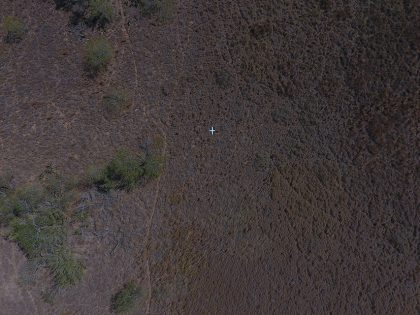Protecting South Texas Rangelands and Natural Habitats from Invasive Grasses
South Texas is a hyperdiverse region with wide variations in landscapes and native species. But that diversity is being threatened by invasive, exotic grasses. Once grown for livestock forage and erosion control, they now have now become unwanted invaders that are reducing the region’s biodiversity and wildlife habitats.
Scientists writing for the journal Invasive Plant Science and Management say these grassy invaders include King Ranch bluestem, Kleberg bluestem, Angelton bluestem, buffelgrass, guineagrass, Lehmann lovegrass, and Bermudagrass. In addition, the native grass tanglehead has begun displaying similar invasive behaviors.

With further studies and fieldwork, scientists hope to provide conservationists and landowners with the tools they need to preserve and maintain the region’s great natural landscapes.
Want to know more? The article “Invasive grasses in South Texas rangelands: historical perspectives and future directions” Justin P. Wied, Humberto L. Perotto-Baldivieso, April A. T. Conkey, Leonard A. Brennan and José M. Mata is available Open Access .






